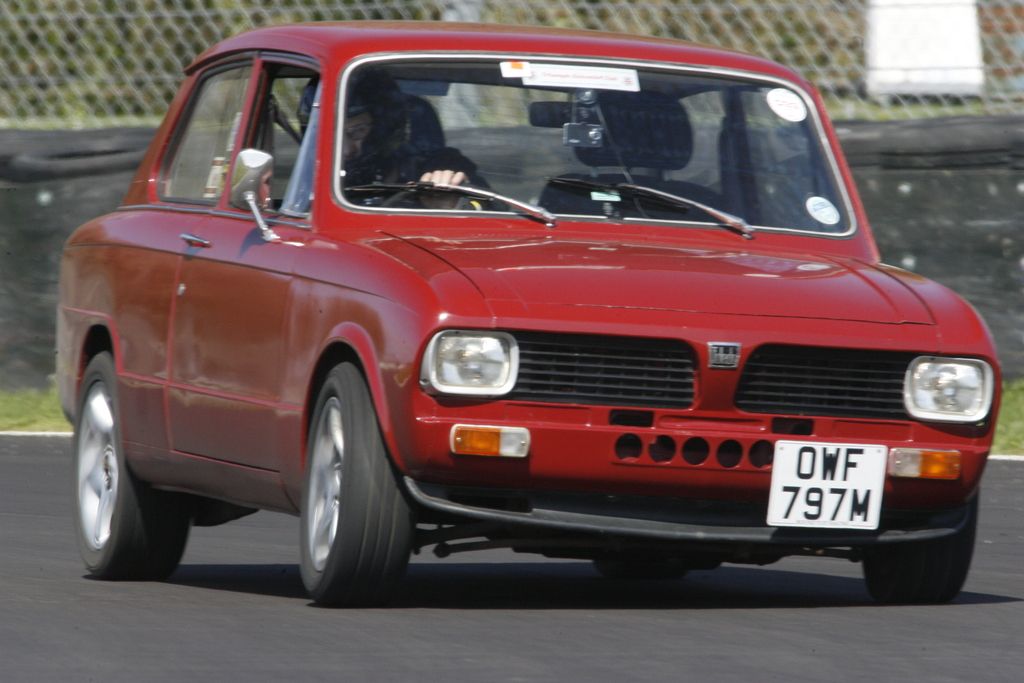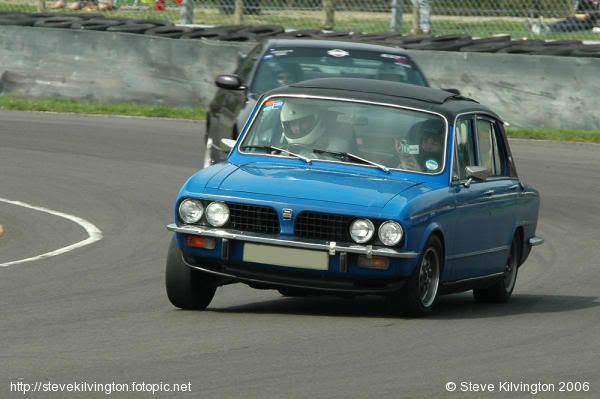And yes, it is good, because even with having to guess the location of the CofG, it still shows where you get the best return on your investment in upgrading the brakes, and what general effect an upgrade will do to the safety margins that were designed in by Triumph. Hence, it lets those who want to do something like a proper engineering job do so.

This shows the inputs to and outputs from the model for a specific location of the CofG. The important points are how much lower the maximum brake force can be at the back before they will lock first in the best conditions for grip that apply, and how flat that curve is. It is only correct for the estimated position of the CofG, but that's an input variable, and the model will give the answers for any value chosen.
That the maximum front brake force has to be so much larger than the rear (to avoid the rears locking first) means that upgrading the front brakes will always give you a lot more return than upgrading the back ones. That the curve describing the safe limit on the rear brakes is so flat means that upgrading the fronts does not mean upgrading the backs is any safer. Indeed, as it does turn down towards the higher levels of grip, it shows that upgrading the front brakes and fitting grippier tiers, makes it less safe to upgrade the back brakes. It's not clear whether "significant upgrade" includes removing the LSV or not, which I admit is a cheap upgrade, but no one has given what change in hydraulic pressure that gives at the back.
But, remember, the original point was that advising people to significantly upgrade the back brakes by fitting rear disks on a publicly visible forum is risky. Assuming they do manage to get significantly more brake force (and that's not a foregone conclusion), it's a costly way to do it, compared to upgrading the fronts, and it erodes the safety margins that Triumph set when they designed the car.
Yes, you probably can erode those, a bit; especially for a well maintained car, etc. However, if you don't have any understanding of the physics, you don't actually know what you're doing, so you have no idea what the effects are, and that's never going to be good engineering - even if it is fun. And, if what we're discussing is a daily drive and general dad's taxi, it's just not safe to go upgrading without, at the very least, an understanding of the fundamental principles: some of you do; some of you don't, or so it appears. But none of you address the issue of safety.
Whereas, based on my understanding of the physics and with evidence from the model, I'm very happy to state that if you upgrade the front brakes by a modest amount and stay with fairly normal range road tires that won't have a huge CofF (even when they are worn to slicks), you won't have much effect on the safety margin that Triumph set for the safe bias of the brakes. The corollary being, if you do upgrade the rear brakes, you do erode that margin, especially at the higher levels of grip, and you do risk the rear wheels locking first. That's probably only going the happen in a full blown emergency stop. But isn't that exactly when you really, really want it all to work as it should?
So it's the issue of advising the general public to follow your lead and quite possibly go beyond what you've tested and found safe for you specific cars that I rail against most. I assume those who do go beyond what is safe don't necessarily report that – for one reason or another. I just hope they do it far enough away that they are not a danger to me and mine.
Graham


